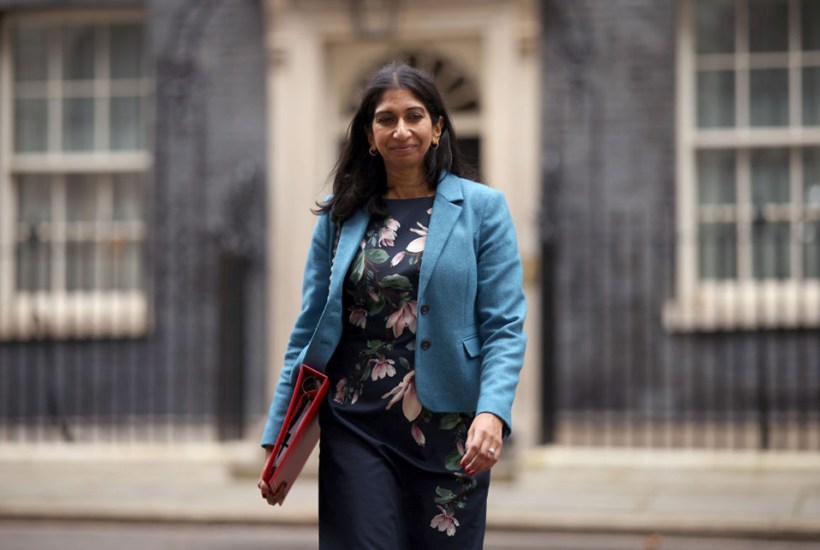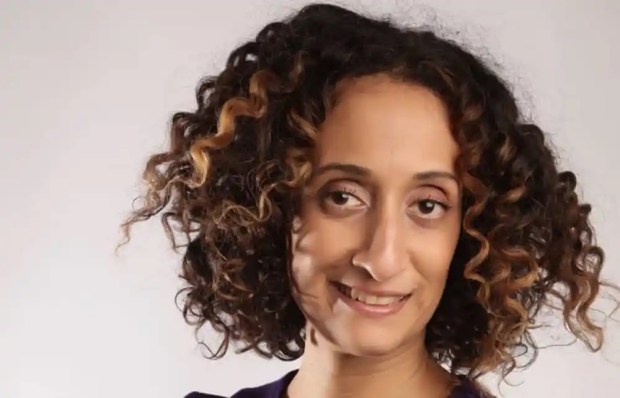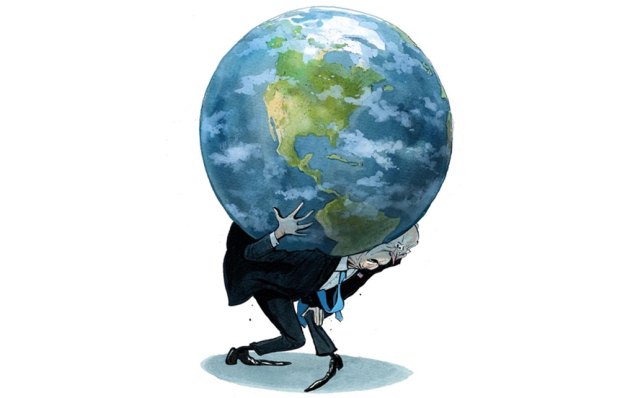Immigration is now at the top of the political agenda in a way that it hasn’t been since the vote to leave the European Union in 2016. Two factors have propelled it up the list, one very real (the small boats arriving across the Channel) and the other theoretical (economic modelling).
The market reaction to Kwasi Kwarteng’s mini-Budget made the Office for Budget Responsibility’s next forecast all the more important. In an attempt to increase economic growth, Liz Truss wanted to formalise a more liberal immigration policy. She wanted to show the OBR that her policies would produce decent growth, but her tax cuts would not be enough to do this. So she thought more immigration would help to increase GDP figures, as it had in the Labour years.
Suella Braverman, Truss’s first Home Secretary, fought against the plan which she regarded as a betrayal of the Tories’ 2019 manifesto commitment to reduce immigration. Her vision for Brexit involved growing the economy by making better use of the domestic workforce rather than importing so much labour. As she mulled how to respond to Truss’s demands, she sent government documents from her personal phone to a backbench ally and, by mistake, someone else. This was a breach of the ministerial code and she was forced to resign.
We have a new Prime Minister, but the arguments over immigration show no sign of going away. Braverman’s return to the Home Office has intensified the row over the circumstances surrounding her resignation from the Truss government. Her return raises other questions around immigration too. Should the Tories target GDP, or should the target be GDP per capita?
At the same time, the small boats situation has become more serious. A thousand people arrived last Saturday alone, more than crossed the Channel in the first seven months of 2019.
The sheer number of people landing on Kent’s coasts has led to huge pressure on the processing centre in Manston. Braverman has been accused of exacerbating the situation by not booking hotel rooms to house asylum seekers. She has fought back with rhetoric, referring to an ‘invasion of our southern coast’, describing the asylum system as ‘broken’, and accusing her critics of a ‘witch hunt’. However, Braverman would do well to remember that once you have used such language you then have to demonstrate that you have a grip on the situation.
The goal of immigration policy should be to control the borders and provide the high- skilled immigration the economy needs. If the UK is clearly in control of who comes here, immigration will be less politically controversial. If the government can show that it is simultaneously making full use of domestic labour and is controlling the borders, it would be easier to allow more immigration in the areas where it would be most economically beneficial. The UK has long been overly reliant on the immigration system to solve the problem of labour shortages in many sectors.
Welfare reform should be the first element of a successful immigration policy. At the moment, those who want to liberalise the immigration system point to the fact that unemployment is the lowest it has been since 1974. But this is not even half the story. Before the Covid pandemic, there were 4.1 million people on out-of-work benefits, up from 3.7 million people in 2016. Now this figure stands at 5.3 million – 13 per cent of the country’s workforce.
There are, in addition, 970,000 people on universal credit who are working very limited hours. Until that number comes down, it is hard to argue that the supply of domestic labour has been tapped out.
One of the great successes of the coalition government was welfare reform. But the pandemic – which led to a suspension of welfare conditionality – has come close to taking things back to where they were before Iain Duncan Smith took office as the work and pensions secretary. The Tories need to return to this agenda.
At the same time, they need to be realistic about the speed at which change can be delivered. For example, there is an urgent need for more care-home workers if the health service is to get through this winter – and a significant number of them are going to have to be hired from abroad. Steve Barclay, in his stint as health secretary this summer, understood the urgency and launched a taskforce to help care homes to recruit internationally. However, the government must also increase the pay for the existing social care workforce (more than a third of care home workers quit each year) and show that it is not simply importing labour while millions of people are on out-of-work benefits.
On migration – as with so much else – the Truss government’s mistake was not what it was trying to do but the fact that it was trying to do it at breakneck speed and without the necessary preparation.
Immigration, like crime, is one of those issues on which a Tory government needs to demonstrate competence and control. Braverman cannot rely on rhetoric alone to deal with the problem. The Tory failure over the past few years has been to raise the salience of the small boats issue through tough talk without action. Sunak’s government must break that cycle.
The post How to balance immigration and jobs appeared first on The Spectator.
Got something to add? Join the discussion and comment below.
Get 10 issues for just $10
Subscribe to The Spectator Australia today for the next 10 magazine issues, plus full online access, for just $10.
You might disagree with half of it, but you’ll enjoy reading all of it. Try your first month for free, then just $2 a week for the remainder of your first year.















Comments
Don't miss out
Join the conversation with other Spectator Australia readers. Subscribe to leave a comment.
SUBSCRIBEAlready a subscriber? Log in